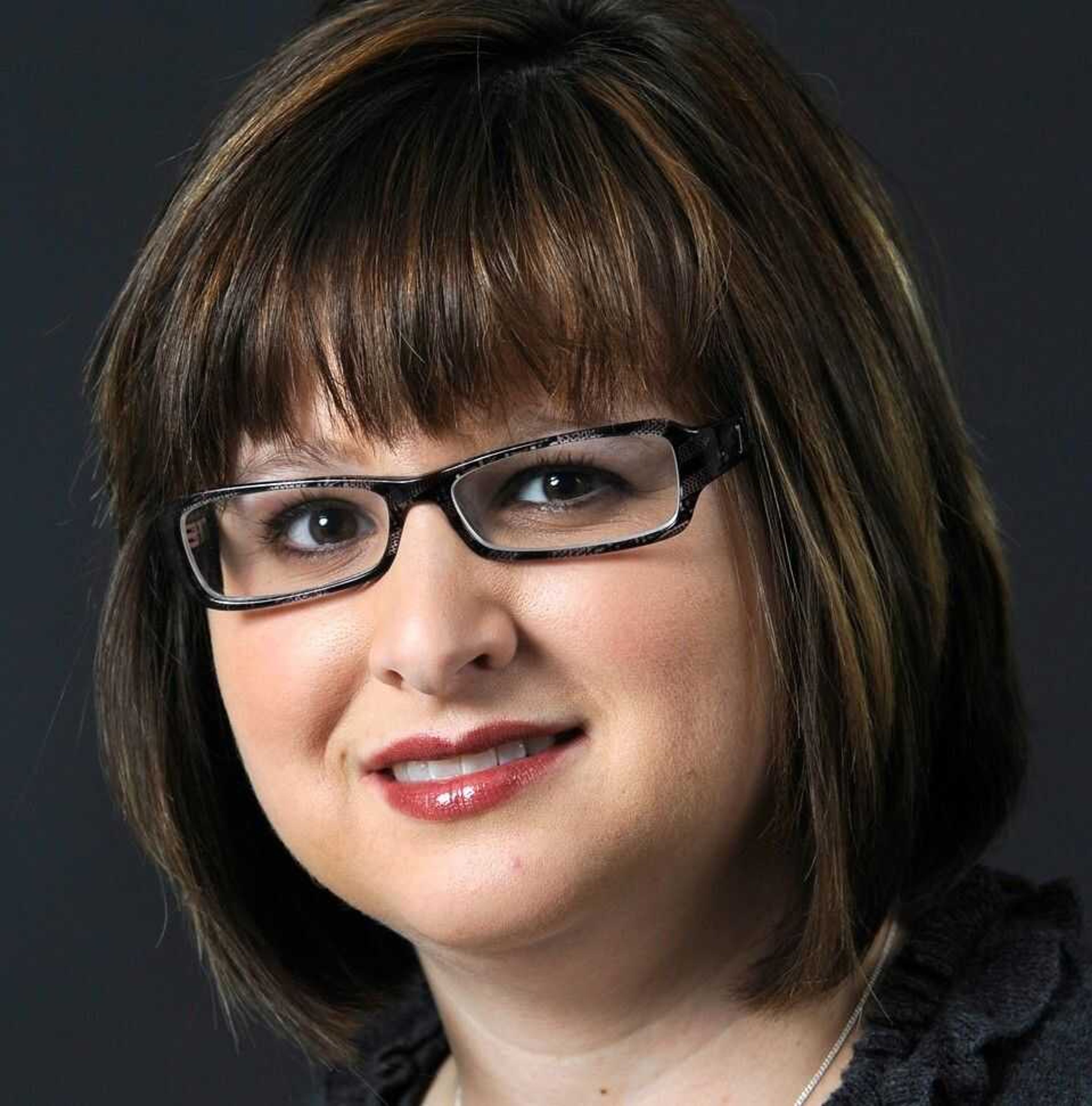Record heat helps push Southeast Missouri over ozone threshold
Southeast Missouri isn't alone when it comes to recent ozone standard violations.
Southeast Missouri isn't alone when it comes to recent ozone standard violations.
EPA representative Lachala Kemp told the Southeast Missouri Air Quality Committee on Friday that ozone exceedances are occurring this summer all over the country due to record temperatures.
Heat and sunlight are key ingredients in the formation of ozone.
"There have been some tremendous ozone readings, not just here, but all across the country," she said. "That high pressure is just sitting on top of the Midwest. We are taking that into consideration."
This summer, a monitor at Farrar, Mo., in rural Perry County has had nine exceedances. The only monitors with none are the West Alton monitor near St. Charles and the Maryland Heights monitor in St. Louis.
So far this summer, the four highest ozone measurements at the Farrar monitor in Perry County have been well above the standard of 75 parts per billion, coming in at 89, 85, 84 and 82.
"I'm in damage control mode right now," said David Grimes, deputy director of the Southeast Missouri Regional Planning and Economic Development Commission in Perryville, Mo., who coordinates the task force. "I don't see how we can miss a nonattainment designation."
Counties that fail to meet ozone standards are considered "nonattainment zones" and businesses there face restrictions on their emission of pollutants that contribute to the formation of ozone, such as nitrogen oxide and volatile organic compounds.
This summer's exceedances raise the area's Design Value, the measurement used by EPA to determine compliance, above the standard to 77 parts per billion.
The Design Value is a three-year rolling average of the fourth-highest readings from each year on the monitor.
While the EPA has the discretion to take action in response to the recent exceedances, typically the agency has not done that, Kemp said. The EPA is expected to release new ozone standards and designations for nonattainment areas in 2013.
To try to reduce ozone levels, the planning commission recently applied for and was accepted into the EPA's Ozone Advance program. Ozone Advance is a voluntary effort between the EPA and local governments to encourage emission reductions in areas that meet current standards to help the areas keep ground-level ozone in check.
While the group developed a Clean Air Action Plan last year, the air quality committee drafted a voluntary Clean Air Action Plan in 2010, it's yet to be implemented due to a lack of funding.
Kemp encouraged the group to review the plan and see where it could be strengthened. It included a "Stop at the Click," a program to encourage people not to overfill their vehicle's gasoline tanks after the automatic cutoff on the fuel nozzle has stopped the flow of gas; implementing "Clean Air Zones" where cars are prohibited to run idle; and steps local governments can take to improve air quality such as choosing low-emission and fuel-efficient vehicles; providing recycling facilities; and restricting open burning of waste.
Participating in the Ozone Advance program doesn't shield an area from being designated nonattainment if a violation of the ozone standard occurs, Kemp said.
"It looks like you guys may have one [violation] for 2010-2012, but data has not been quality assured and data has not been certified," Kemp said.
When the EPA determines nonattainment designations, it looks both at air quality data and planning and control efforts implemented by the community, she said.
The ozone season typically runs from April through October. If the county has additional ozone exceedances, its design value will not increase any more so long as there are no new ozone readings higher than 82 parts per billion. If readings occur above that level, it will push the monitor's average higher.
Grimes and others on the committee say air models show that on days when readings are high, the air is coming from other cities with many more sources of ozone ingredients, such as Chicago and the Ohio River Valley.
"We are the victims. We are not the originators of any of this pollution," said Kathleen Waltz, congressional outreach coordinator for U.S. Rep. Russ Carnahan's office.
Instead of going on the defensive, as Grimes suggested, Martin Toma, city administrator in Ste. Genevieve, Mo., suggested a more offensive approach.
"If we did everything right and stopped producing anything that contributed to ozone, how much difference would it make?" Toma said. "Can we work with the EPA to show that we are getting dumped on?"
Kemp agreed that there are many sources of ozone all across the country but said the only thing local communities with monitors in violation can control is what is in their local areas.
The ozone monitor in Ste. Genevieve County has also shown exceedances this summer, with its four highest readings coming in at 83, 83, 76 and 75. Its Design Value is at 72 parts per billion, still under the standard of 75.
The Air Quality Committee will meet again Oct. 19.
mmiller@semissourian.com
388-3646
Pertinent address:
Farrar, MO
Connect with the Southeast Missourian Newsroom:
For corrections to this story or other insights for the editor, click here. To submit a letter to the editor, click here. To learn about the Southeast Missourian’s AI Policy, click here.









